Microsoft recently launched new versions of the Surface Pro and Surface Laptop, attempting to bring down the price somewhat while cutting several corners. While a lower barrier of entry is generally a good thing, these new products are unexciting and overpriced; and in the case of the Surface Pro in particular, it fails to address the real problem with Windows tablets: Windows 11 itself.
A worse-but-slightly-cheaper Surface Pro is not going to sway anyone to buy a Windows tablet if they weren't already going to before. And the reason most people aren't buying Windows tablets is because they're not good. Windows doesn't offer a good experience for tablets, and it's on Microsoft to finally fix that — but it doesn't seem like the company wants to.
The new Surface Pro is bad
Cutting too many corners
Right off the bat, I do want to touch on how lame the new Surface devices are. Remember, the Surface Pro 11 and Surface Laptop 7 that launched last year both started at $999, with a Snapdragon X 10-core, high-resolution displays and webcams, and all the premium bells and whistles you'd come to expect from Microsoft. That included a 120Hz display, too.
The new Surface Pro cuts back on everything: the display is 12 inches instead of 13 — which might help with portability, but not in a major way — the screen resolution goes from 2880x1920 to 2196x1464, the refresh rate drops from 120Hz to 90Hz, Gorilla Glass 5 is replaced with generic "strengthened" glass, brightness goes down to 400 nits (from 600), and there's no HDR support anymore. And that's just the display — we also now get a Snapdragon X Plus 8-core, losing two cores from the previous version.
All those corners are cut and in return we get a $200 price drop. While the old 13-inch model started at $999, this one now starts at $799. For all those cuts, I don't think that's worth it at all, and Microsoft knows that. That's why the company dropped the old entry-level model for the 13-inch Surface Pro and now starts the configurations at 512GB of storage for $1,199. That does make the new model more appealing in terms of price point, but only because Microsoft removed a much better option from the lineup.
I'd say the Surface Laptop got an even worse treatment here, but regardless, this new device is not exciting in any way, even if Microsoft isn't entirely to blame for these prices. I'm sure this has to do with tariffs, but that's not a good enough excuse.
Remembering Windows 8
The heart of the original Surface Pro
When Microsoft introduced the first Surface Pro 13 years ago, the company knew that tablets were becoming a huge market, and it knew it needed a device that could compete in that space. That meant new hardware, obviously, but Microsoft also understood that the software experience was paramount to making these products desirable. Windows 8 was built completely around this idea, and yes, desktop users had a lot of misgivings with it, but for tablets, Windows 8 was fantastic.
Everything about Windows 8 was designed to work, look, and feel great with touch. The full-screen Start menu was colorful and had big touch targets and super-smooth animations that made navigation feel so natural. Gestures were implemented cleverly to enable easy navigation, too. Swipe up to see all your apps, swipe in from the right and you get the Charms bar with quick access to important features and settings, and swiping in from the left showed you your open apps so you could easily switch between them. Swipe down from the top and you can grab the open window to either close the app or drag it to either side of the screen to have it automatically snap to that area. This only got better and more useful with Windows 8.1.
The original Surface Pro may not have stolen the iPad's thunder, but it was still somewhat of a phenomenon. For being Microsoft's big hardware debut, it definitely earned some status for itself, and people wanted one, even if the Surface RT muddied the waters a bit. It was a tablet that worked as a tablet, but it could still do desktop things if you wanted to. And it was successful enough that Apple eventually responded with the iPad Pro a few years later.
Windows 10 and 11 destroyed the progress made
Course (over)correction
As much as Windows 8 got right about tablets, Microsoft couldn't simply ignore the fact that desktop users — its decades-old user base — were severely burned during that time and Windows 8 was one of its least popular platforms ever. So Windows 10 went back to the drawing board, and for desktop users, it was a huge win, but for tablets, it was the beginning of the end.
Windows 10 brought back a Start menu that lives on the desktop rather than being a separate entity, and apps were back to being windowed for desktop users, but it actually struck a decent balance for touch users, too, thanks in part to the idea of Continuum, and having central operating system that adapts to every device you're on. Enabling tablet mode on Windows 10 gave you a full-screen Start menu and an app snapping experiencce more similar to that of Windows 8, albeit with a lot more control.
Those things sound good, but this all came at the expense of an experience that felt good. Opening the Start menu now required tapping a relatively small button on screen instead of the larger touch targets of Windows 8, and browsing the menu itself was a little less intuitive. You couldn't just swipe from the main Start menu to the All apps list, it required more tapping. Touch targets on desktop apps are naturally smaller, and while things were usable with touch, it didn't feel like they were designed for it. You could swipe in from the right to see your notifications, but the animation would play in its entirety after you performed the gesture, it wouldn't actually follow your finger like it used to. The same happened with the Task View gesture of swiping in from the left.
And now, Windows 11 made things better and worse. It introduced three- and four-finger gestures to enable certain additional actions with touch, but gestures with this many fingers aren't really intuitive, plus some are disabled by default. It added the ability to open the Start menu by swiping up from the bottom of the screen, but that Start menu is smaller and less useful than ever. There's no full-screen option and a good chunk of it is filled with content you probably don't want. It improved the animations by making the notification center and Start menu follow your finger as you swipe, but this didn't apply to the Widgets panel that opens when you swipe in from the left. And yes, this gesture also replaced the old Task View gesture, which is now relegated to a button, adding insult to injury,
And then more recently, Microsoft made it even worse by now assigning the swipe gesture from the right to Recall on Copilot+ PCs, forcing a feature no one wants on devices that already didn't offer the best touch experience. And overall, it still feels like Microsoft is shoehorning in touch support on an operating system that's fundamentally not designed for it. So how is anyone supposed to find the new Surface Pro, or any Windows tablet, appealing? It's just not going to work.
It's not only up to Microsoft
I can cut it some slack
As much as Microsoft needs to change about how it approaches Windows if it wants the Surface Pro to be appealing, I do think it's not just up to Microsoft to fix all this. An operating system lives and dies by its developer support, and Windows developers just aren't making a lot of touch-friendly apps. Even if Microsoft fixed all of the above overnight, I don't think it would make a Windows tablet a great experience.
Every major app that people want to use on Windows is designed for the desktop, because that's what Windows has historically been designed for. There aren't really touch-friendly web browsers that are actually good. Photoshop doesn't have a touch-friendly UI. There's just too much out there that hasn't and probably won't adapt to touch devices anytime soon.
But even if Microsoft can't directly control this, the company could, at least, give some encouragement. Leading by example is something that platform holders always have to do if they hope to see their vision carried by other developers. When Google introduced Material You for Android, it didn't just say "hey, do this". It introduced a lot of apps and widgets of its own that made use of it, and that made users want that experience to be somewhat consistent, and in turn developers responded by making it so.
If Microsoft does want Windows tablets to be desirable, it has to take the first step to make Windows itself desirable on tablets. Make the UI intuitive and fluid, make all your big apps perfect for touch. Windows 8 got these things right, and it was better for it. If you can make people love the Windows experience on tablets, those same people will demand for other developers to make apps they love just as much, and thus you get a positive feedback loop that makes Windows better and better.
But Microsoft doesn't have the patience to wait out its investments. If something doesn't take off immediately with a half-hearted effort, it's not worth any actual effort anymore, and it gets killed. With that mindset, this kind of effort will never reach its full potential.
Will Windows tablets ever be great?
As it stands, the idea of a Windows tablet that's actually great and fun seems like a far-fetched dream more than anything. Microsoft seems to be focused on watering down its hardware to make it as mainstream and uninspiring as possible, all while Windows gets improvements at a snail's pace (when it gets them at all).
That won't stop me from dreaming, but I'm not getting my hopes up for there to be an exciting Windows tablet anytime soon, whether it's a Surface or any other brand. Not that any other brands are making Windows tablets right, anyway.
.png)
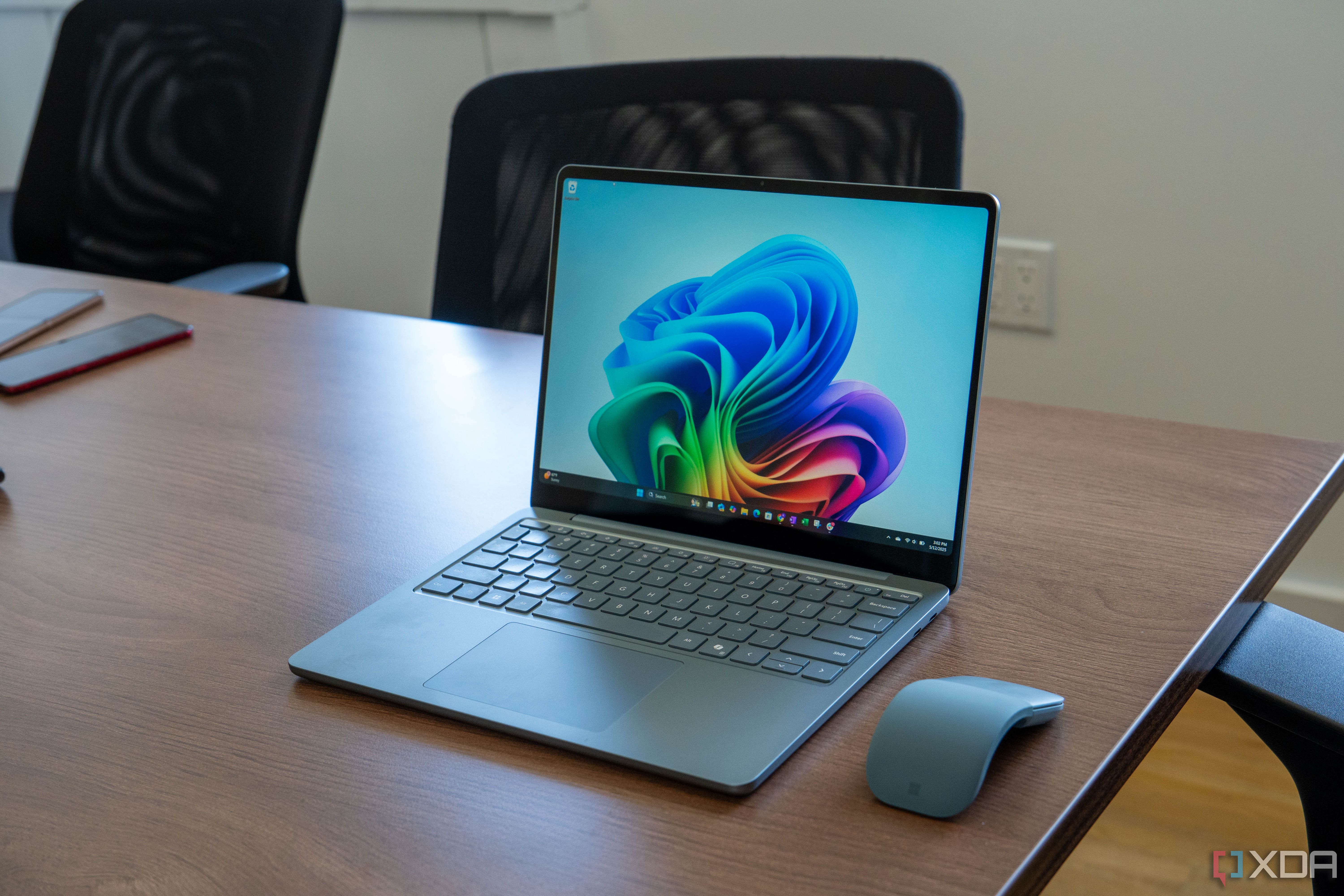
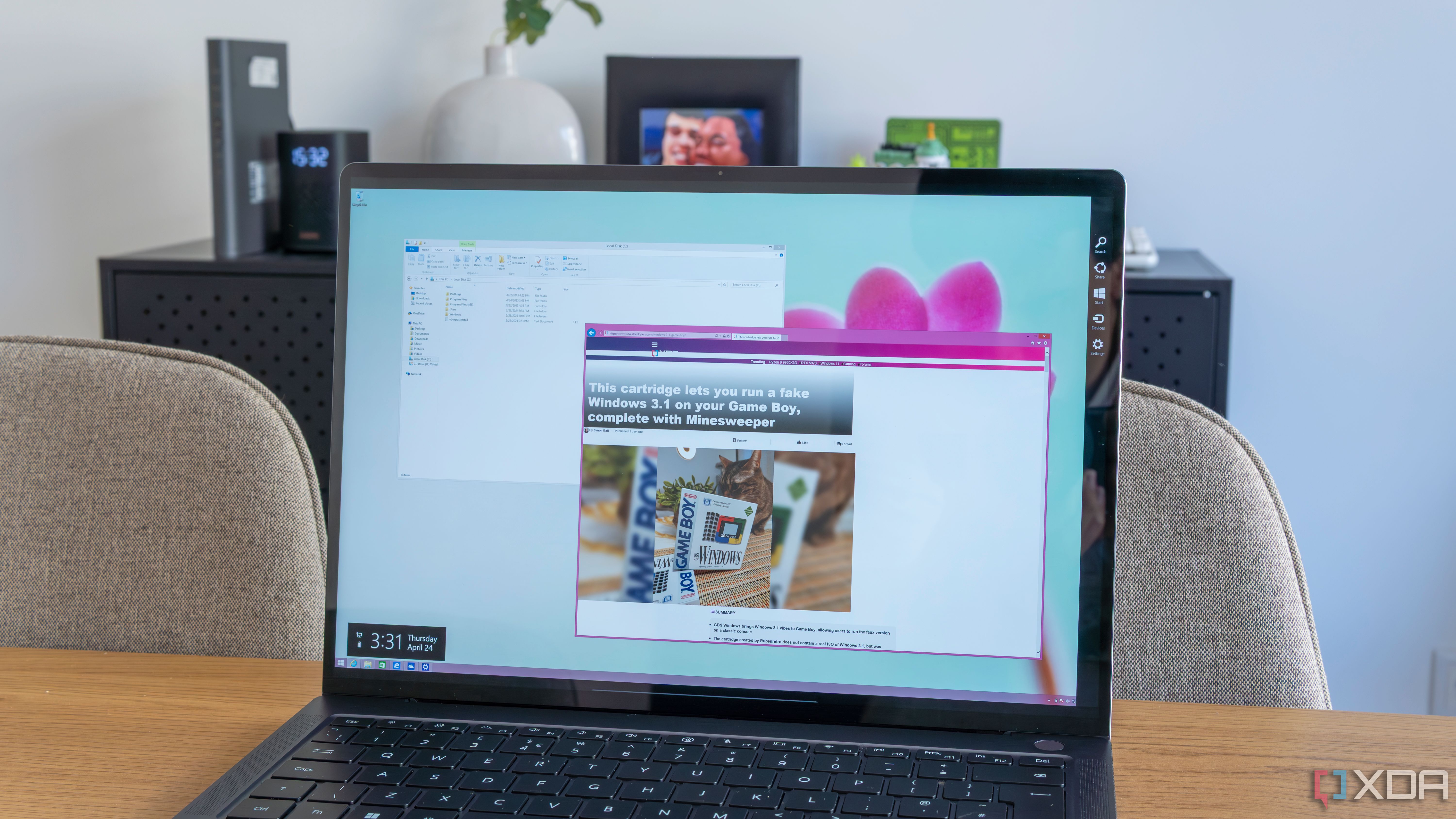
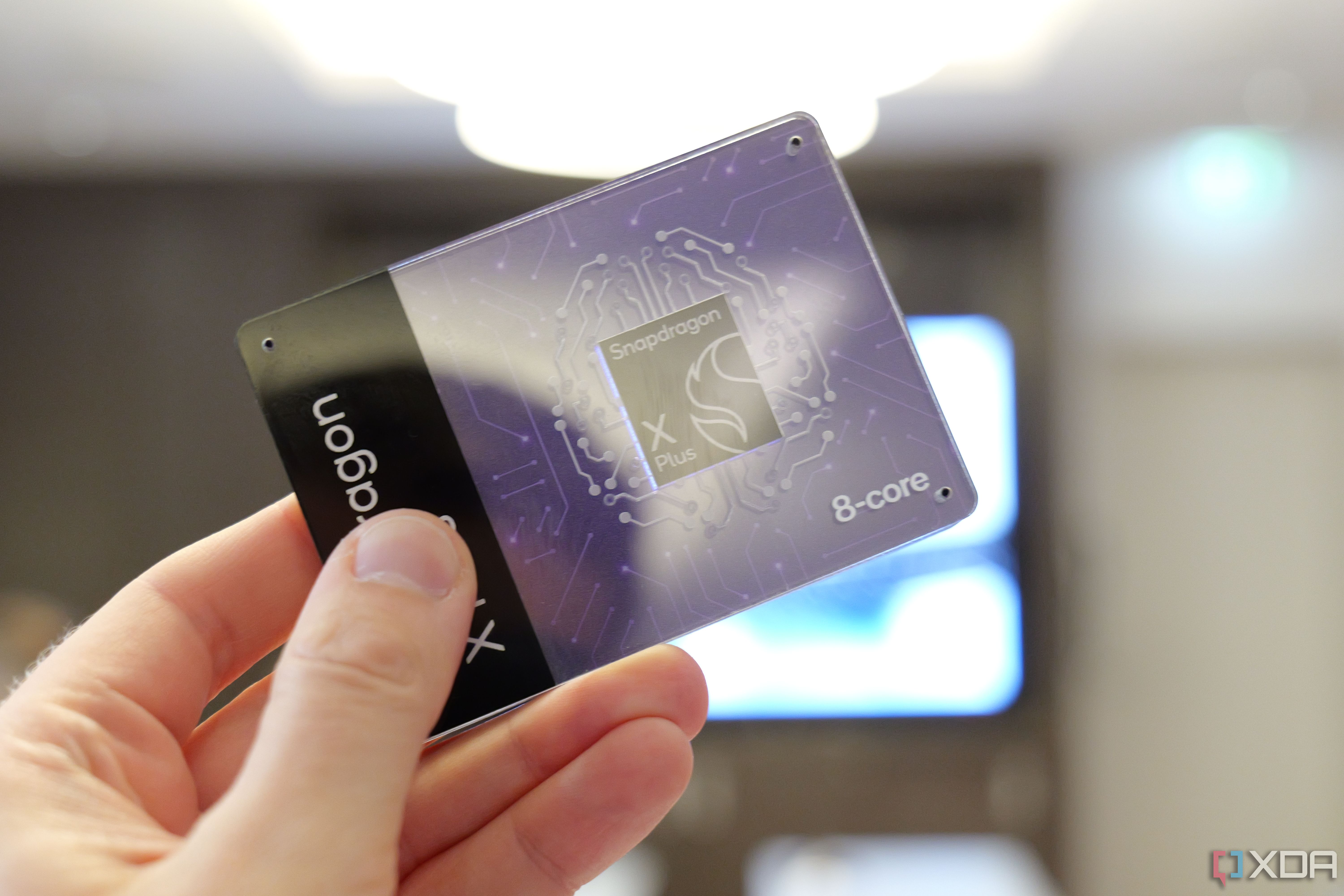
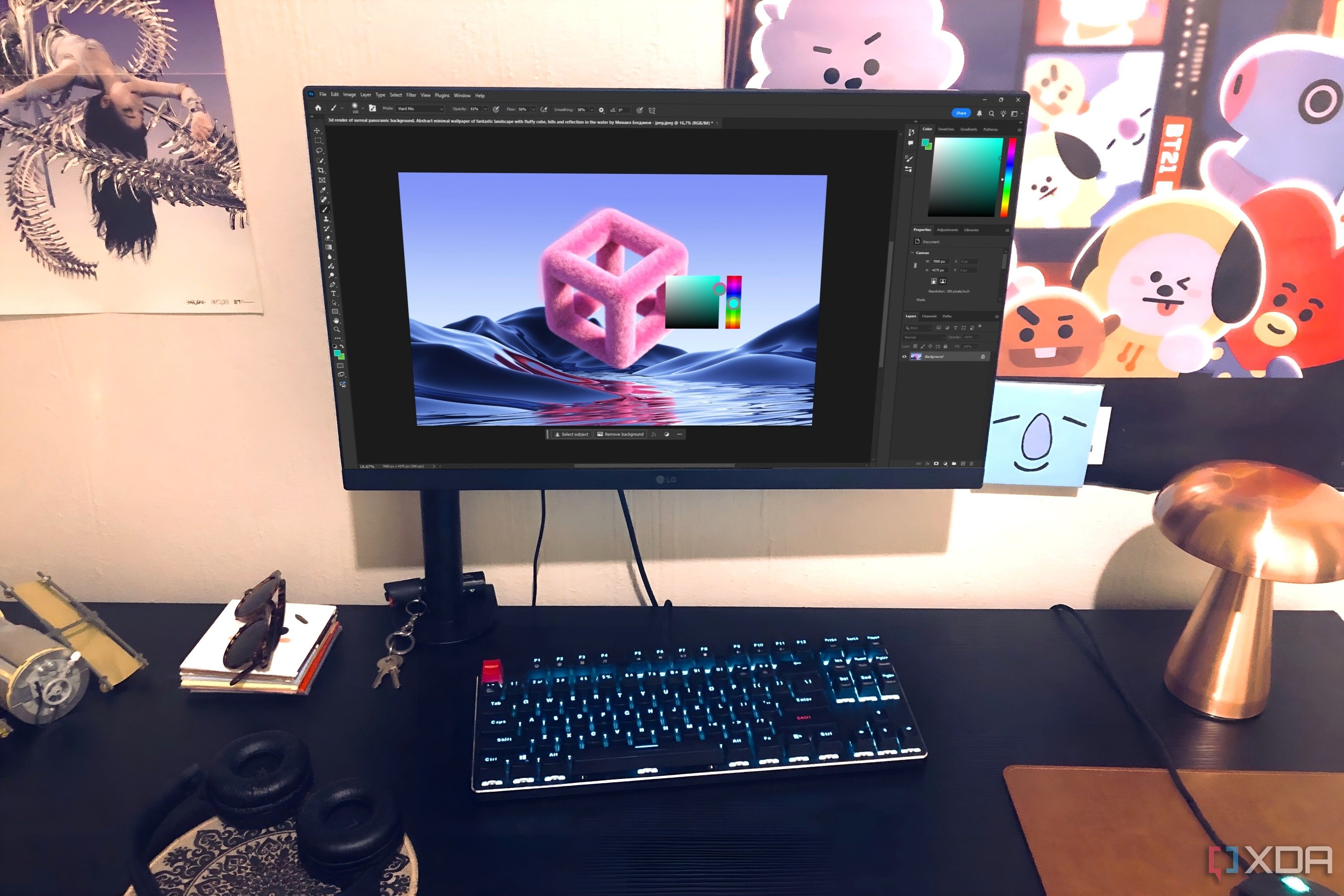



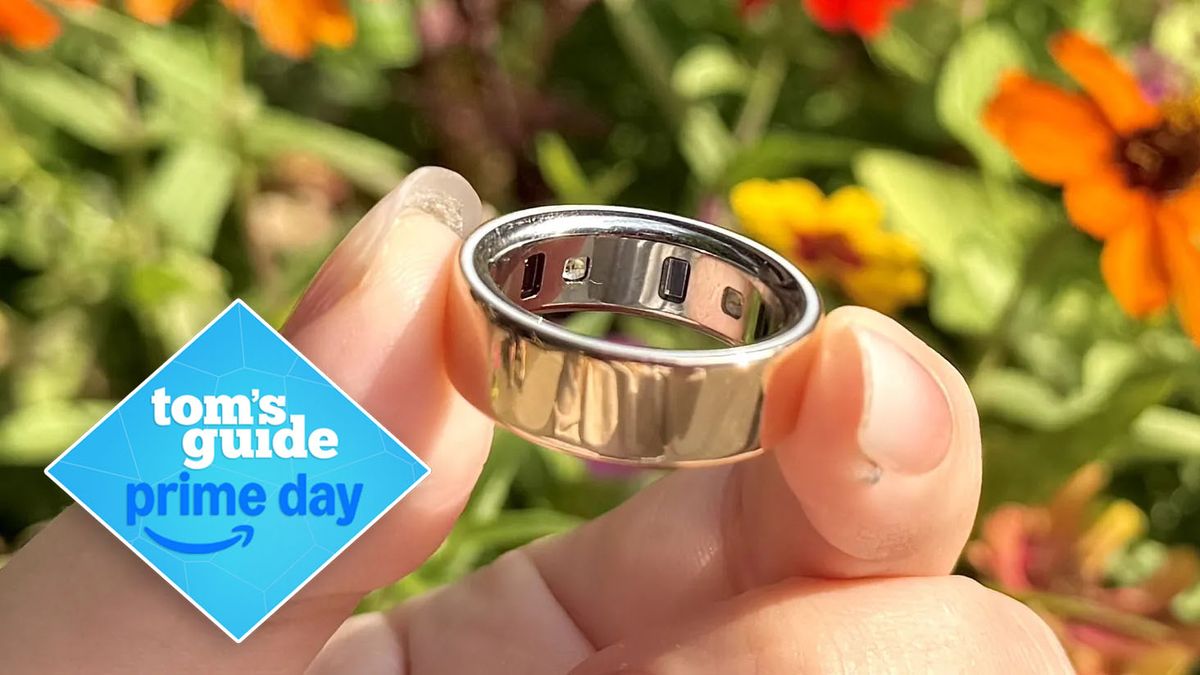






 English (US) ·
English (US) ·